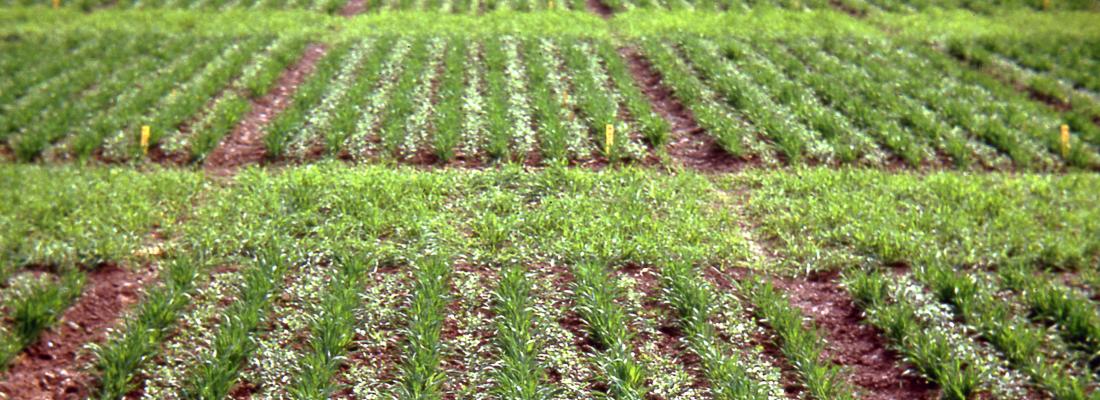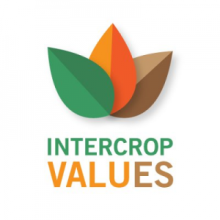Agroecology Reading time 2 min
Developing intercropping for agrifood value chains and ecosystem services
Published on 13 December 2022

Food production is a resource-intensive activity with profound impacts on the environment. These well-documented negative impacts of agriculture combined with climatic and global changes mean that more sustainable agricultural systems are needed. Despite its benefits, crop diversification in agriculture is hindered by various technical, organizational, and institutional barriers along value chains (input industries, farms, trading and processing industries, retailers, and consumers) and within sociotechnical systems. Intercropping, an agroecological practice for crop diversification corresponding to mixtures of arable crop species, has long been recognized to improve the sustainability of crop production. Nevertheless, intercropping is not widely used in European agriculture, as growing sole crops systems has been the main model of agriculture developed after World War II.

IntercropValueES project, funded with 7.4 million by Horizon Europe (EU´S key funding program for research and innovation), aims to exploit the benefits of intercropping to design and manage productive, diversified, resilient, profitable, environmentally friendly cropping systems acceptable to farmers and actors in the agri-food chain. It develops both a scientific research action for better understanding and modelling intimate intercrop functioning and a detailed analysis of lock-ins and levers at the value chain level to identify credible solutions that can be adopted by farmers and value chain actors.
As a multi-disciplinary and multi-actor project, IntercropValuES brings together scientists and local actors representing the food value chain. It includes 27 participant organizations from 15 countries (3 continents) from a wide diversity of organizations and stakeholders. The implementation of IntercropValuES is based on a network of 13 co-innovation case studies (CICS), defined with a “problem-finding approach” where actors involved in the consortium are grouped according to the goals they express. Local or territorial actors (stakeholders) will work together with researchers in a participatory approach to co-innovate in the development of both processing technology and product production methods and to product value along the Fork to Farm chain. The CICS are located in different places in Denmark, Sweden, UK, France, Germany, Spain, Serbia, Italy, Mozambique, and Switzerland.
On 29th and 30th November, more than 50 members of these organizations gathered at Montpellier, France, to officially launch the project. The meeting served to agree on the way to display the activities that will be carried on the next 4 years under the coordination of the French Center of International Cooperation on Agronomic Research for Development -CIRAD-. Plenary sessions, workshops, and online lectures from partners and the European Research Executive Agency took place during these 2 intense days of work. Attendants had the opportunity to visit the facilities of CIRAD premises in Montpellier, such as the Agrifood Technology Platform.
A communication, dissemination, and exploitation plan will support the diffusion of the project outcomes by adapting channels to different end-users, such as farmers, advisors, food processing companies and machinery industries, retailers and citizens, academia, policymakers and influence bodies. Social media channels, videos, infographics, factsheets, and policy briefs will be disseminated. Webinars for farmers and target industries as well as training courses for university students will be organized.
*INRAE is partner in Horizon Europe project IntercropValuES with the participation of 7 research units (AGIR, Agroécologie, Agronomie, Agroclim, IATE, SADAPT and SayFood).
